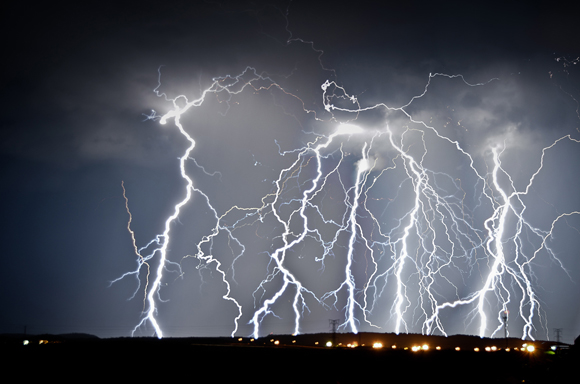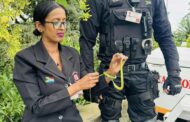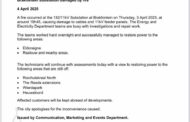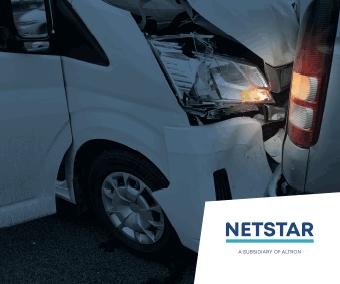The Minister of Environmental Affairs, Mrs Edna Molewa officially opened the 2015 Lights on Lightning Conference, today, 12 November in Pretoria.
The Lights on Lightning Conference is hosted by the South African Weather Service in association with the Lightning Interest Group for Health Technology and Science. The South African Weather Service is an entity of the National Department of Environmental Affairs.
The conference serves as a platform for lightning researchers to share their relevant research within the broader African lightning community. The teams aim to break new ground in the centuries-old study of this complex, all-powerful, and at times mysterious scientific phenomenon.
In the 21st century, groundbreaking research is being conducted by the likes of the South African Weather Service and the Lightning Interest Group for Health, Technology & Science. Rather than mystery, science is used to explain and harness the power of lightning.
That said, it is known that centuries-old indigenous knowledge continues to play a formative role in helping our understanding of the science of lighting. The Kara Heritage Institute, under the leadership of Dr. Mathole Motshekga, forms part of today’s proceedings.
Injuries and fatalities from lightning in South Africa are among the highest in the world, with 100 people killed by lightning strikes every year. Loss of consciousness, amnesia, paralysis and severe burns are among the injuries reported by those lucky enough to survive.
Around the world, lightning strikes result in death and injuries to livestock and other animals, forest and brush fires, and the destruction of agricultural land. In a country such as ours with unique biodiversity, our wildlife, particularly giraffes are vulnerable to lightning strikes. While seeking shelter under trees, the entire animal herds can be killed by a single strike.
In many parts of the world, including South Africa, financial losses incurred as a result of lightning strikes can run into millions of rands, as homeowners and business owners claim damages from insurance companies. The insurance division of one of South Africa’s and Africa’s largest banks reported in 2012 that there has been as high as 402 percent increase year on year in weather-related damage claims, including from lightning.
Minister Molewa said, “Despite the high number of fatalities and injuries from lightning strikes, we know too that South Africa’s lightning research scientists are leaders in this field and will continue to collate data and produce cutting-edge research to further enable our understanding of lighting science, in particular in the medical study of lightning injuries and casualties – keraunomedicine.”
In the 2014 paper on lightning medicine by Dr. Blumenthal, most lightning strikes tend to occur in rural areas where our people are most vulnerable, poor and sometimes helpless. Therefore, the collation of such data that you do, plays an invaluable role not just in aiding our understanding of lightning and the proper treatment of victims of strikes, but also in aiding our efforts as government to better inform and educate our people on the hazards of lightning.
“As a multi-disciplinary group that provides a platform for researchers to share their knowledge on lightning physics and related scientists within an African context, I am pleased to note that Lights also aims to provide practical lightning safety tips and broad lightning safety education through open public engagements,” said Minister Molewa.
This process is consistent with the provisions of the National Climate Change Response Policy which advocates for adaptation measures aimed at enhancing climate resilient society and emergency response capacity. This will require the enhancement of early warning systems as part of proactive disaster risk management. Further is the need to continue to enhance the generation and dissemination of climate information especially for climate sensitive sectors and the vulnerable segment of our society.
This conference is taking place with less than three weeks to go before the 21st Conference of the Parties to the United Nations Framework Convention on Climate Change (UNFCCC COP21) opens in France. The UN Climate Change Conference as it is also more popularly known is a conclusion of the global mandate which was agreed to at CoP17 in Durban four years ago.
Minister Molewa explained, “That mandate is to develop a protocol, another legal instrument or agreed outcome with legal force, under the Convention, by no later than 2015, to come into effect and be implemented from 2020. This agreement it is hoped will achieve our goal of keeping global temperature rises below 2 degrees Celsius.”
Minister Molewa also expressed her pleasure that this conference will be producing a scientific paper that presents the South African position on lightning research and how this impacts on and/or affects climate change.
Also view:


























